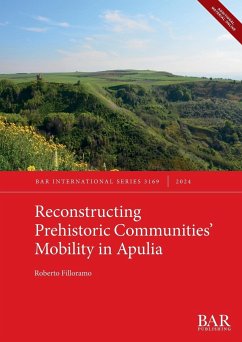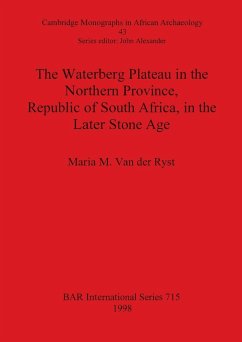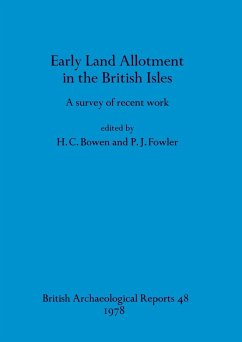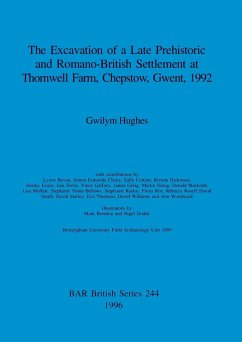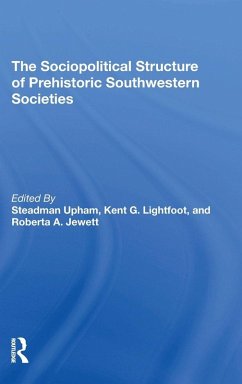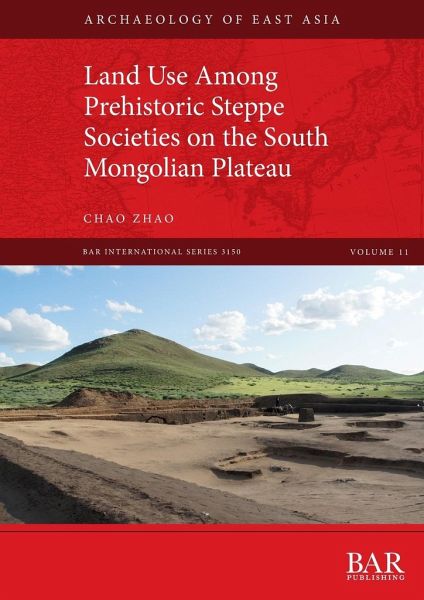
Land Use Among Prehistoric Steppe Societies on the South Mongolian Plateau
Versandkostenfrei!
Versandfertig in 1-2 Wochen
76,99 €
inkl. MwSt.

PAYBACK Punkte
38 °P sammeln!
This book uses a cultural ecological approach to explore how prehistoric societies were economically and socially organized to utilize the steppe environment in the southern Mongolian Plateau before the emergence of specialized herding economies in the early and middle Holocene. The research is based on a combination of excavation and survey data from the Ulanqab region of Inner Mongolia.The dynamic land use strategies were examined through the lens of subsistence, mobility, and social integration, based on lithic assemblages, settlement patterns, and other material expressions. The results in...
This book uses a cultural ecological approach to explore how prehistoric societies were economically and socially organized to utilize the steppe environment in the southern Mongolian Plateau before the emergence of specialized herding economies in the early and middle Holocene. The research is based on a combination of excavation and survey data from the Ulanqab region of Inner Mongolia.The dynamic land use strategies were examined through the lens of subsistence, mobility, and social integration, based on lithic assemblages, settlement patterns, and other material expressions. The results indicate that although the specifics of subsistence practices changed from the Early Neolithic to the Mid-Late Neolithic/Early Bronze age, people made intensive use of the landscape, adopted semi-sedentary lifeways, and combined hunting-gathering with small-scale farming. It reveals a divergent trajectory of cultural adaptation when compared with the core Monsoon-affected zones of northern China during this time period.







